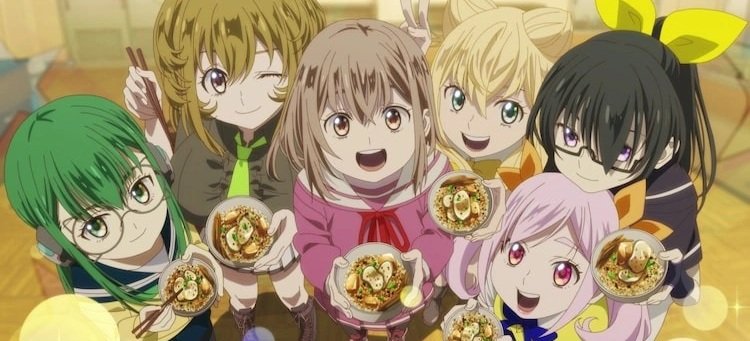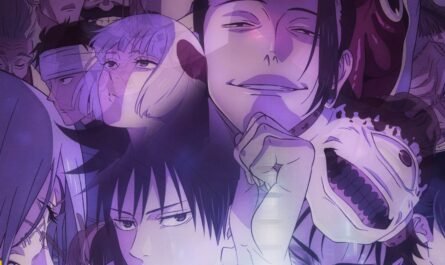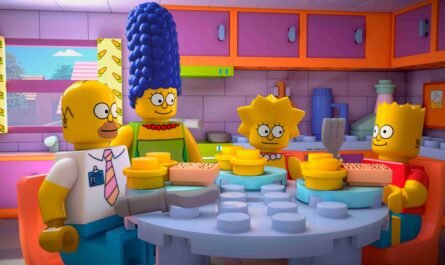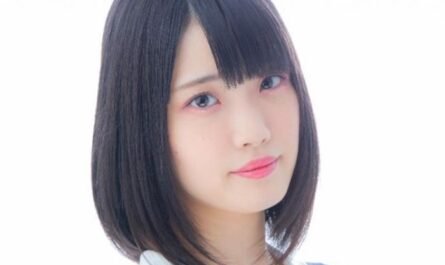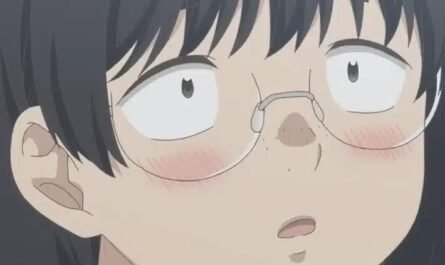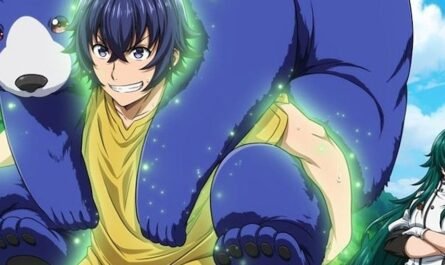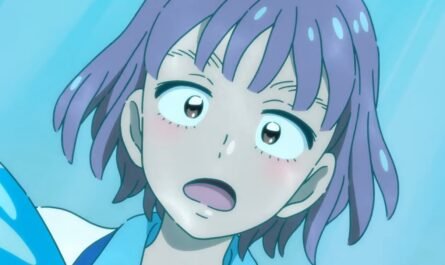“Momentary Lily” as a fighting girl anime
The TV anime Momentary Lily (2025), created and produced by GoHands and broadcast on TOKYO MX and other stations since January, is a science fiction fantasy set in a world where the mysterious giant machine Wild Hunt has wiped out most humans. It depicts the bond between five girls who fight using giant weapons named “Andvari.”
In terms of the element of girls battling enemies equipped with weapons and armor, this work can be said to be one of the works that feature the “combat girl” character type that has been repeatedly depicted in Japanese anime, mainly after the war.
It is connected to the so-called “sekaikei” story type, a derivative of the combat girl genre. In this column, I will trace the world of Momentary Lily from the combat girl/sekaikei anime lineage and consider the meaning of its story and details.
What is a fighting girl?
First, what is a fighting girl? This is a keyword that psychiatrist and critic Saito Tamaki put forward in his book Psychoanalysis of Fighting Girls, published in 2000 (then by Ohta Publishing, now by Chikuma Bunko). In postwar Japanese subculture, including manga, anime, games, and special effects, “fighting girls” — girl characters who fight enemies with weapons and special abilities — have been repeatedly depicted. Some of these works overlap with the genre known in today’s Japanese anime studies as “magical girl stories.”
The first fully-fledged Japanese story-driven shojo manga was Princess Sapphire from Tezuka Osamu’s Ribbon no Kishi (1953-56), but after the anime boom, other typical examples include Honey Kisaragi from Nagai Go’s Cutie Honey (1973-74) and Nausicaä from Miyazaki Hayao’s Nausicaä of the Valley of the Wind (1984). In particular, the genre was further revitalized by Pretty Guardian Sailor Moon (1992-97) in the 1990s and the Pretty Cure series (2004-) in the 2000s. In the book, Saito lists two main characteristics of the fighting shojo.
As I will discuss later, similar female characters from overseas (the West) are strictly “fighting adult women,” and “masculinized” women like the Amazon Japanese fighting shojo are literally “girls” who are immature both physically and in age. Furthermore, while foreign female fighting characters tend to have some psychological trauma, which makes their “reason for fighting” clear, the fighting beauties lack (and are not depicted as having) a “reason for fighting,” i.e., trauma.

